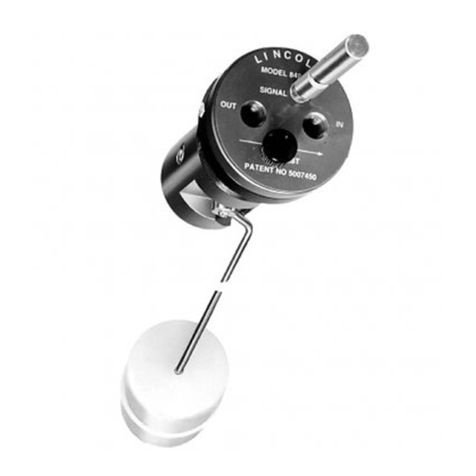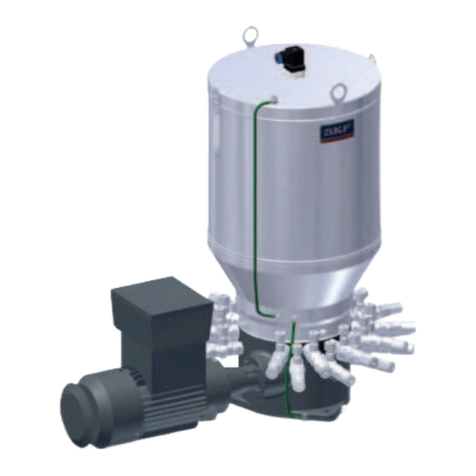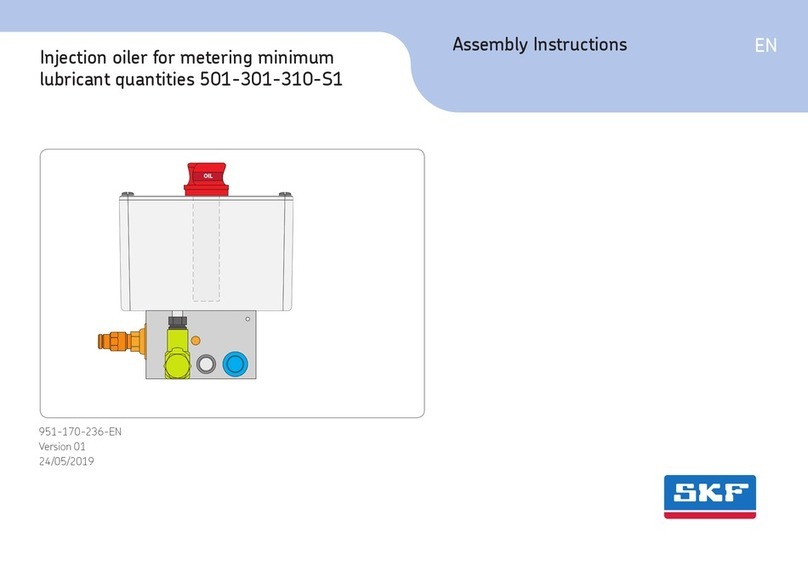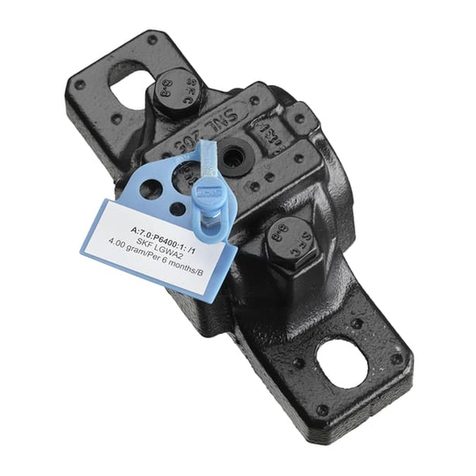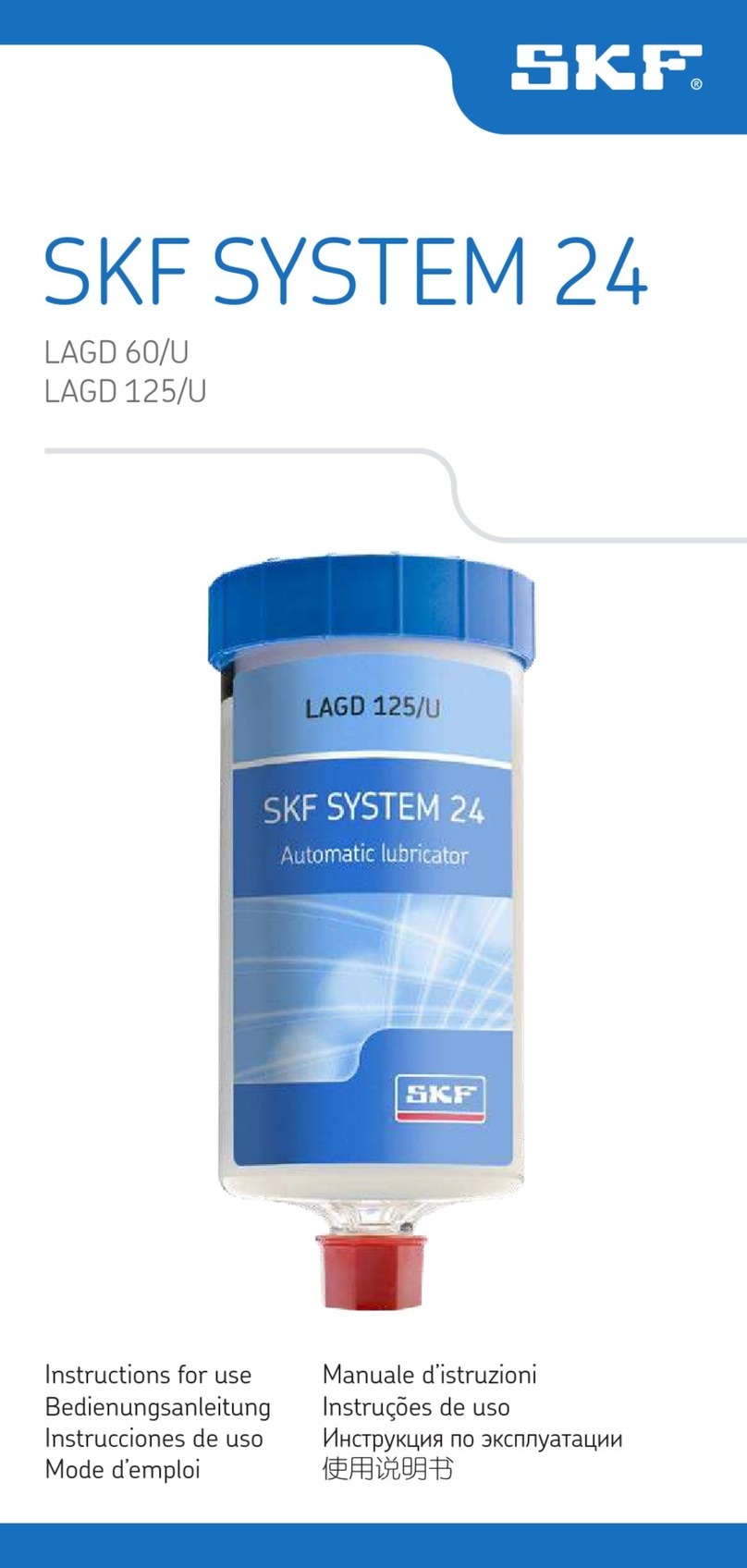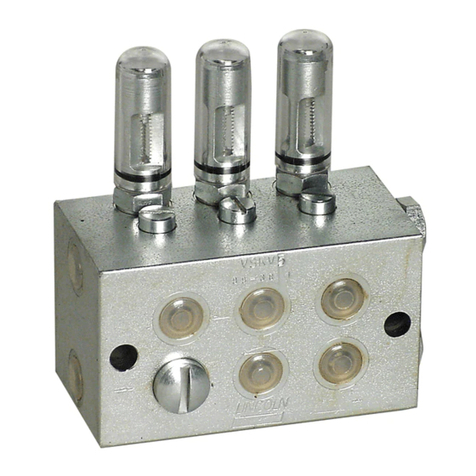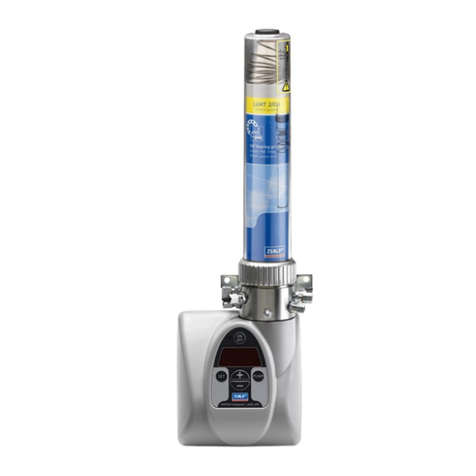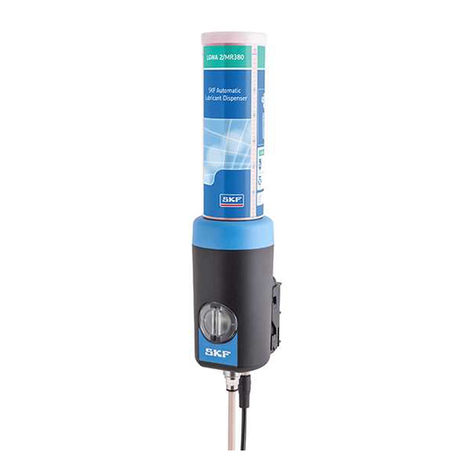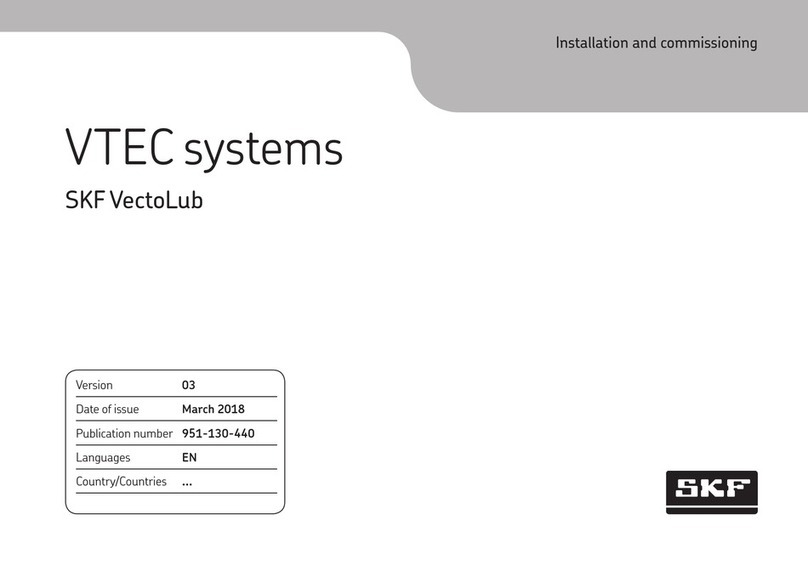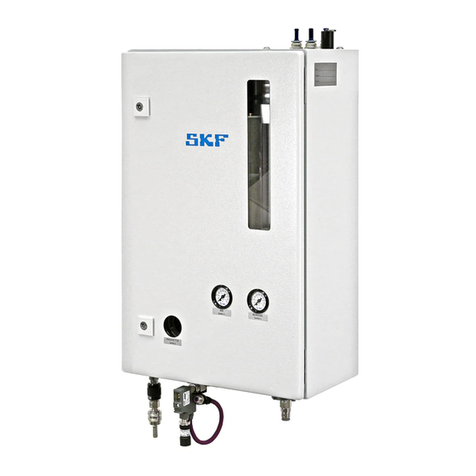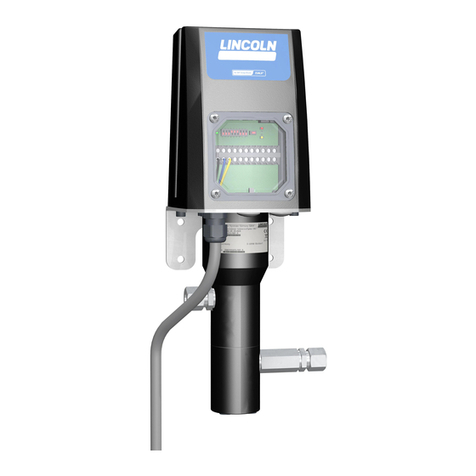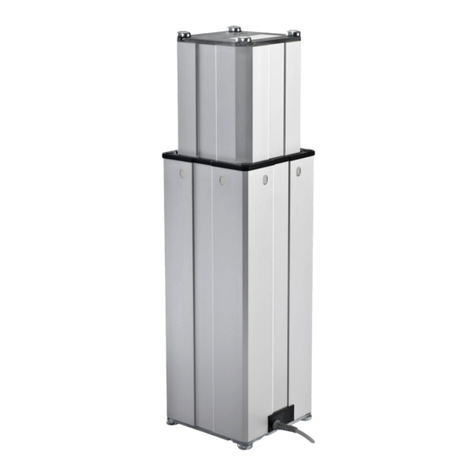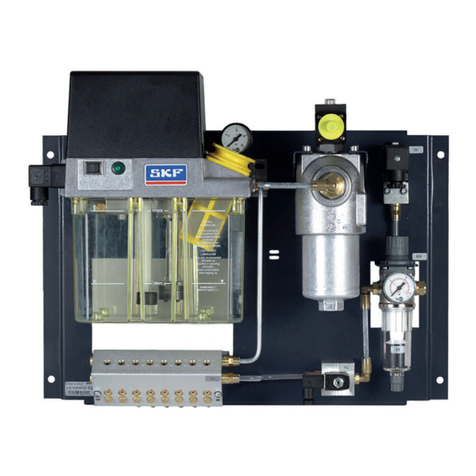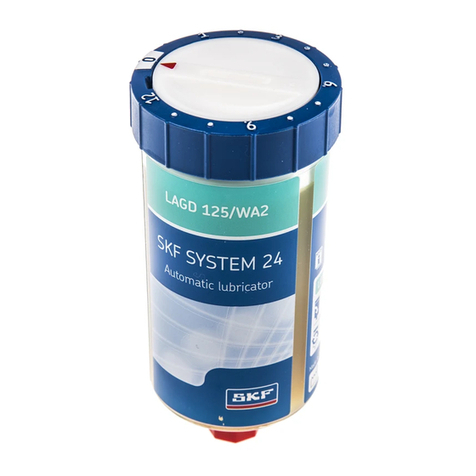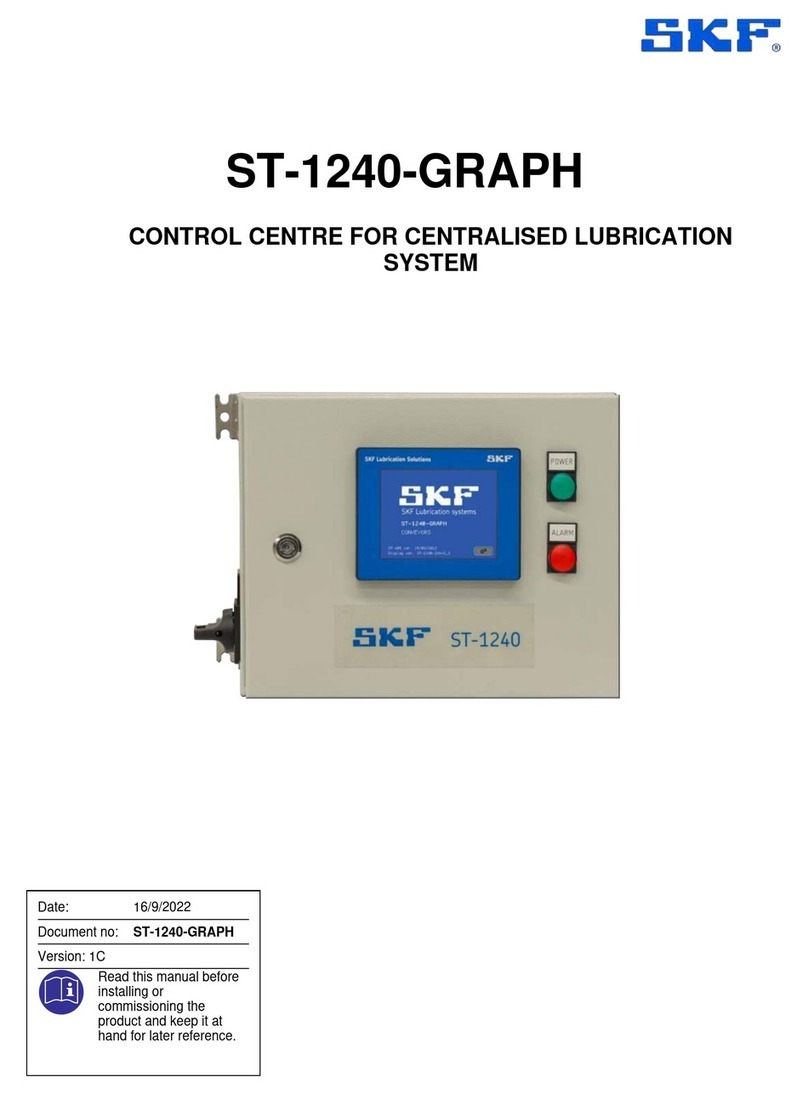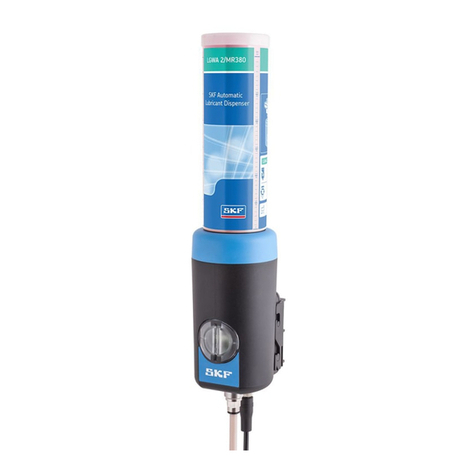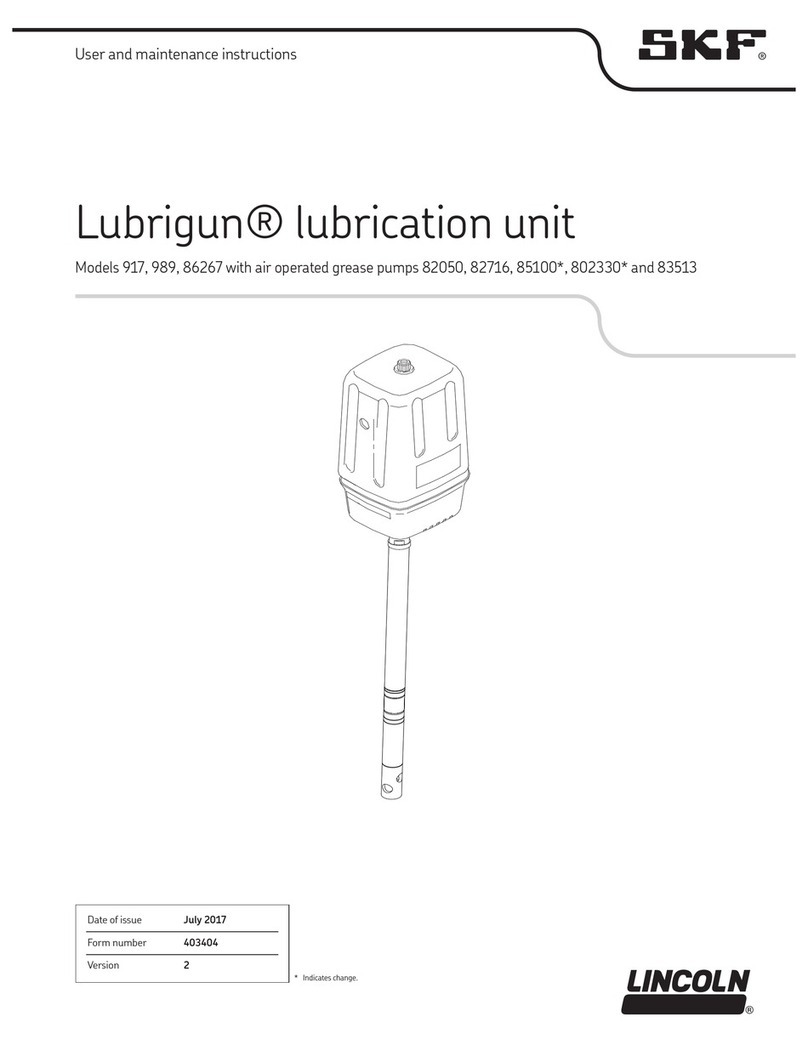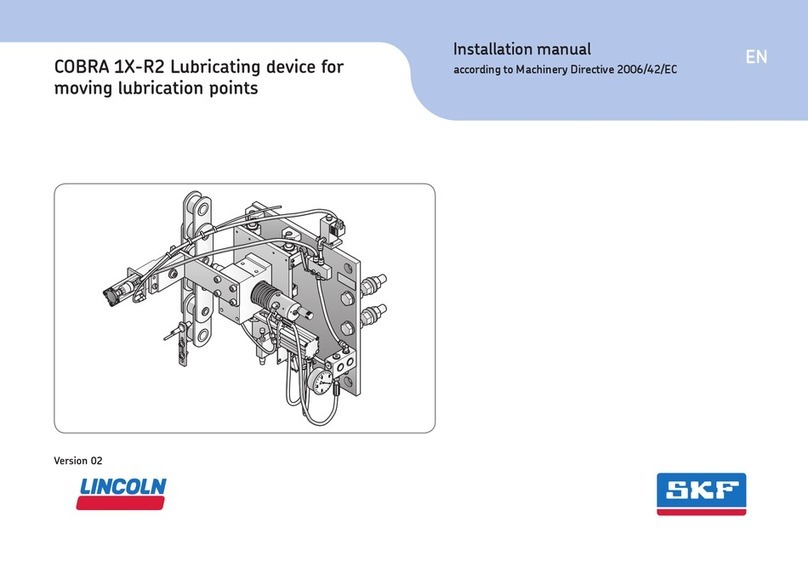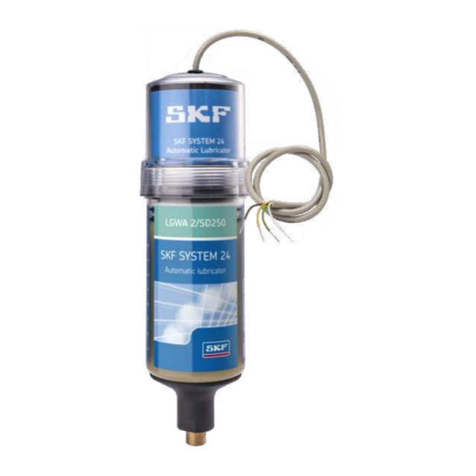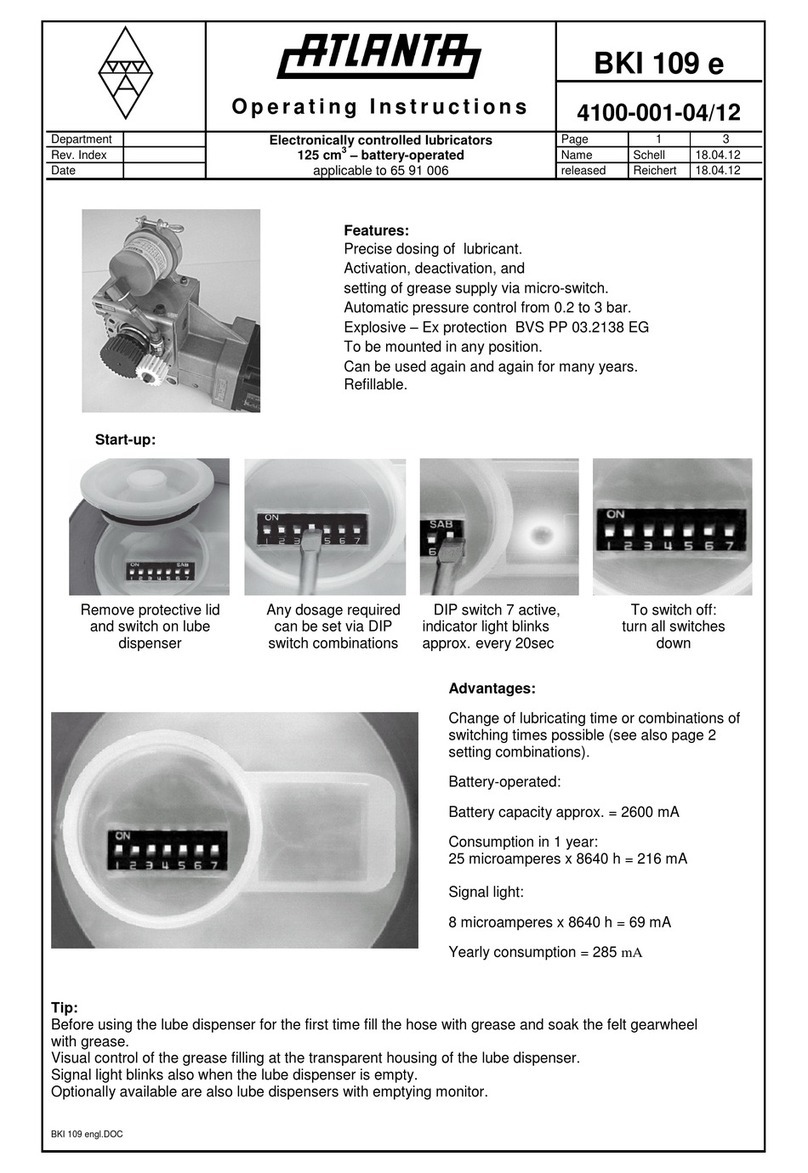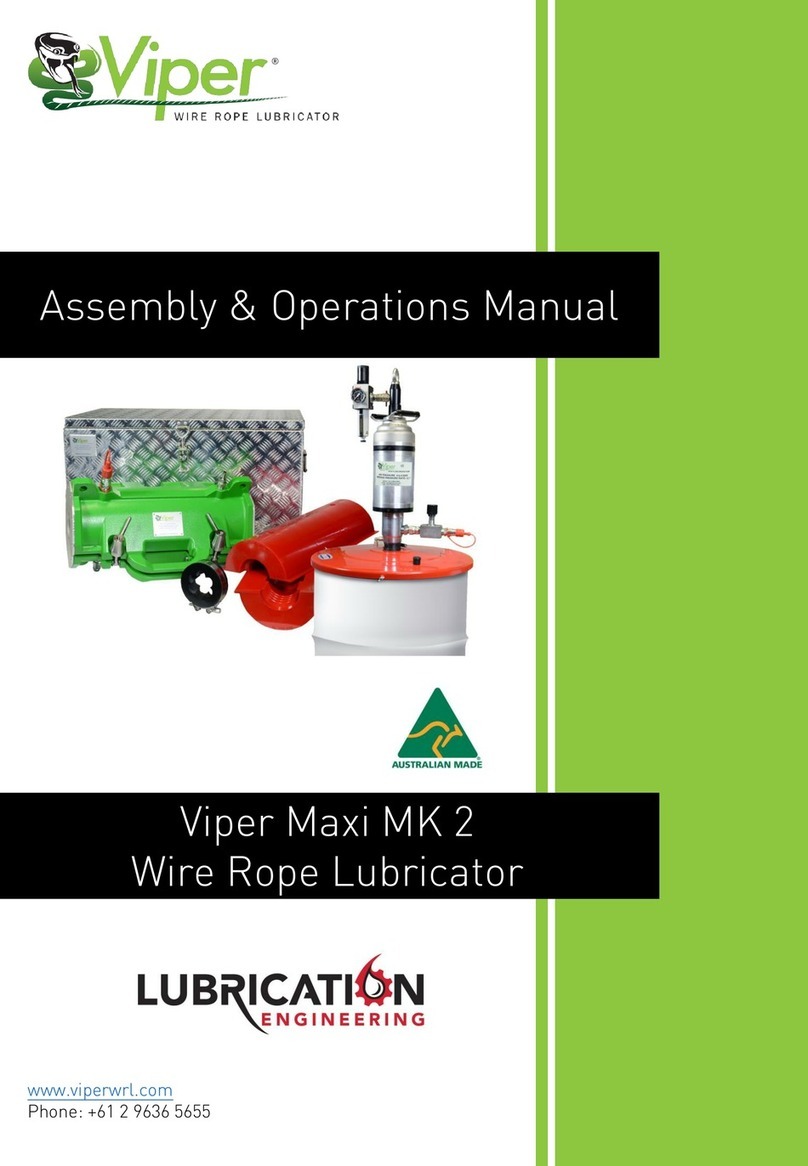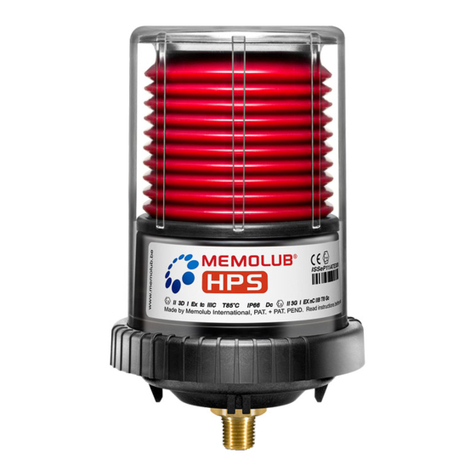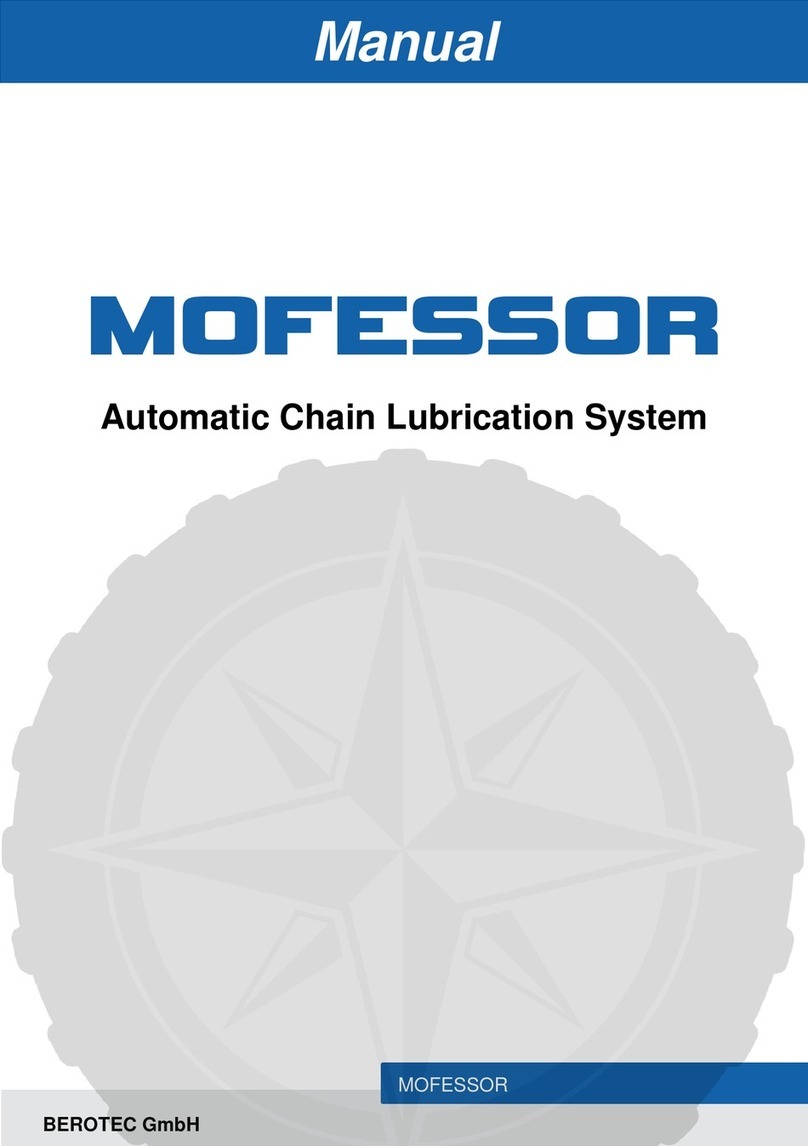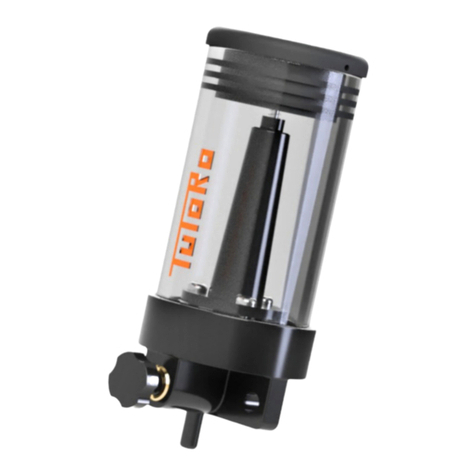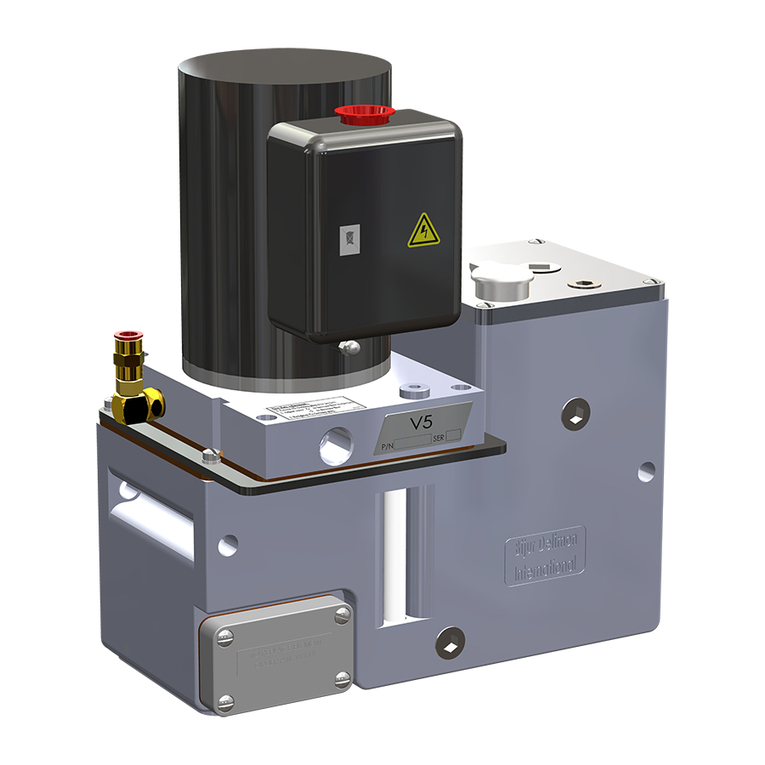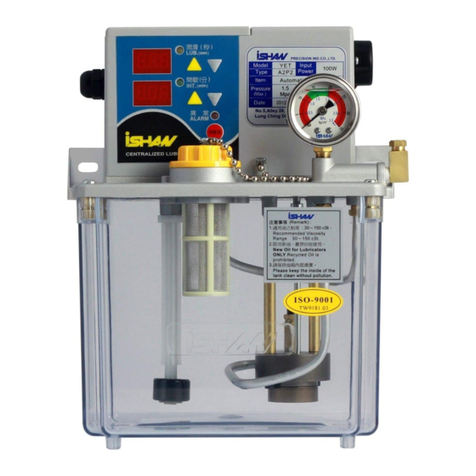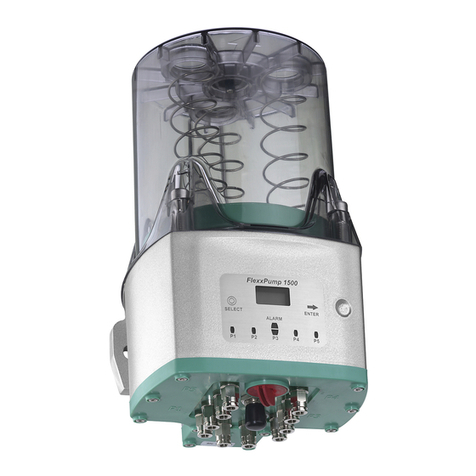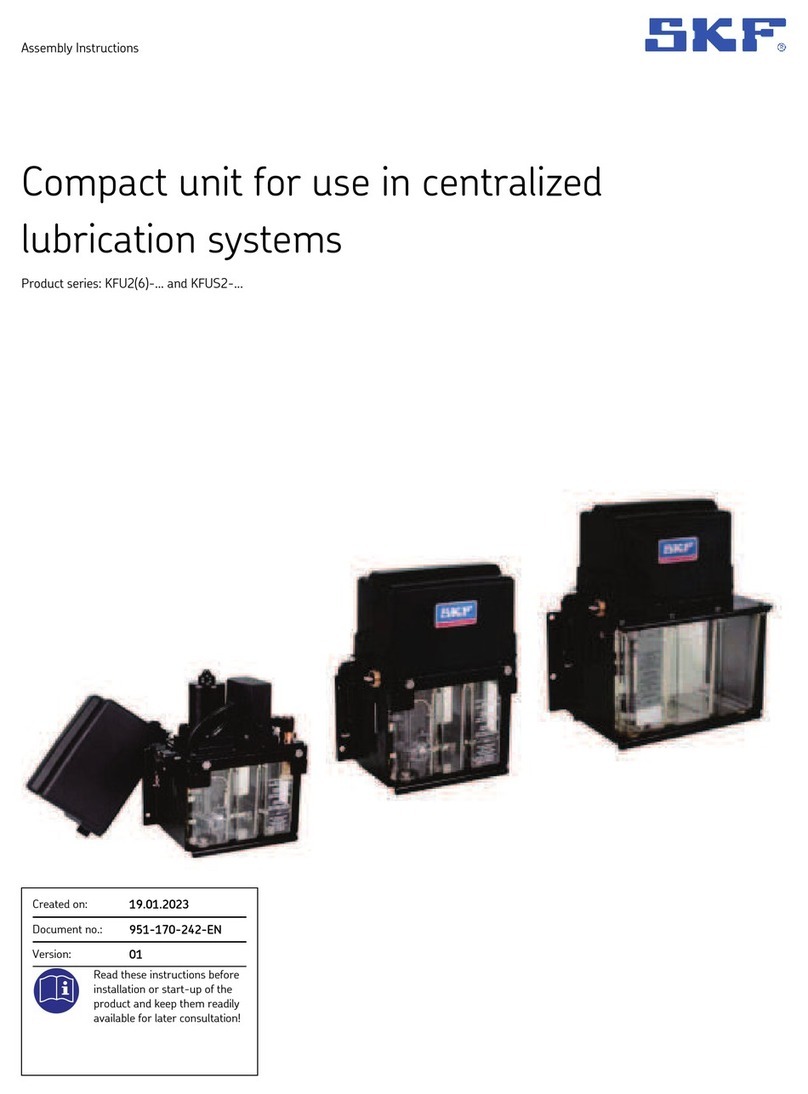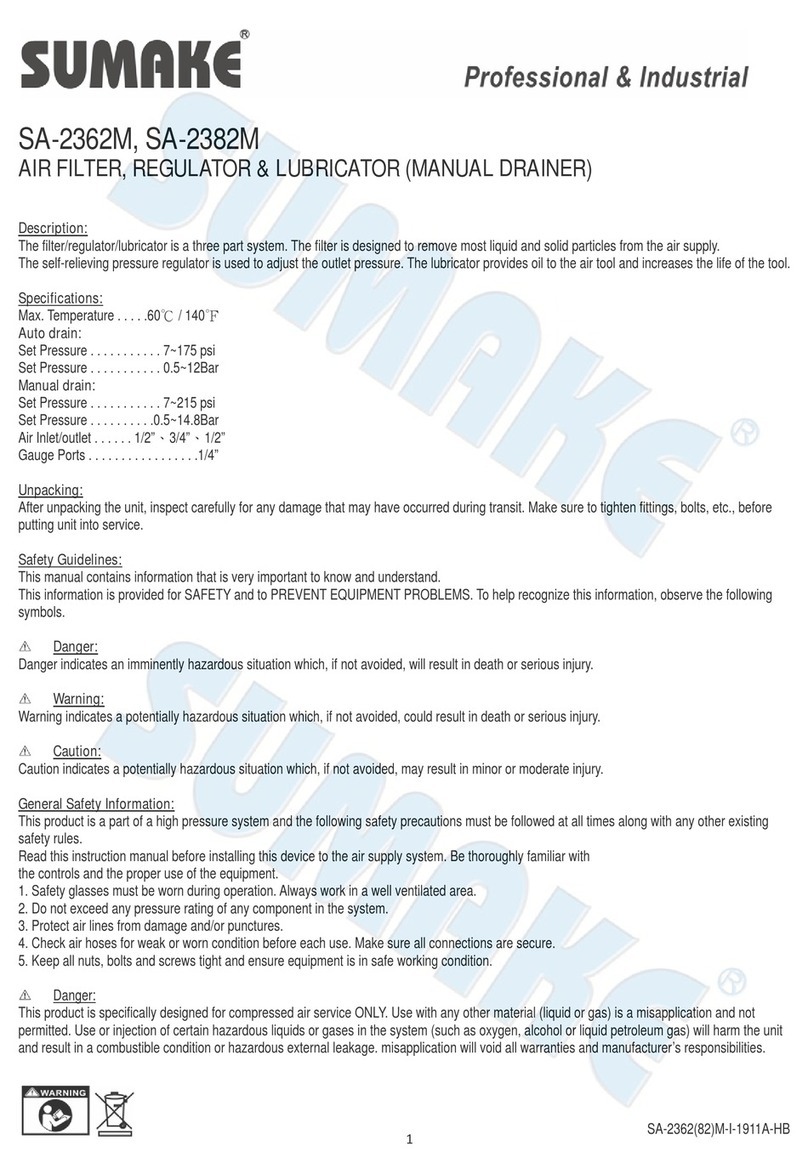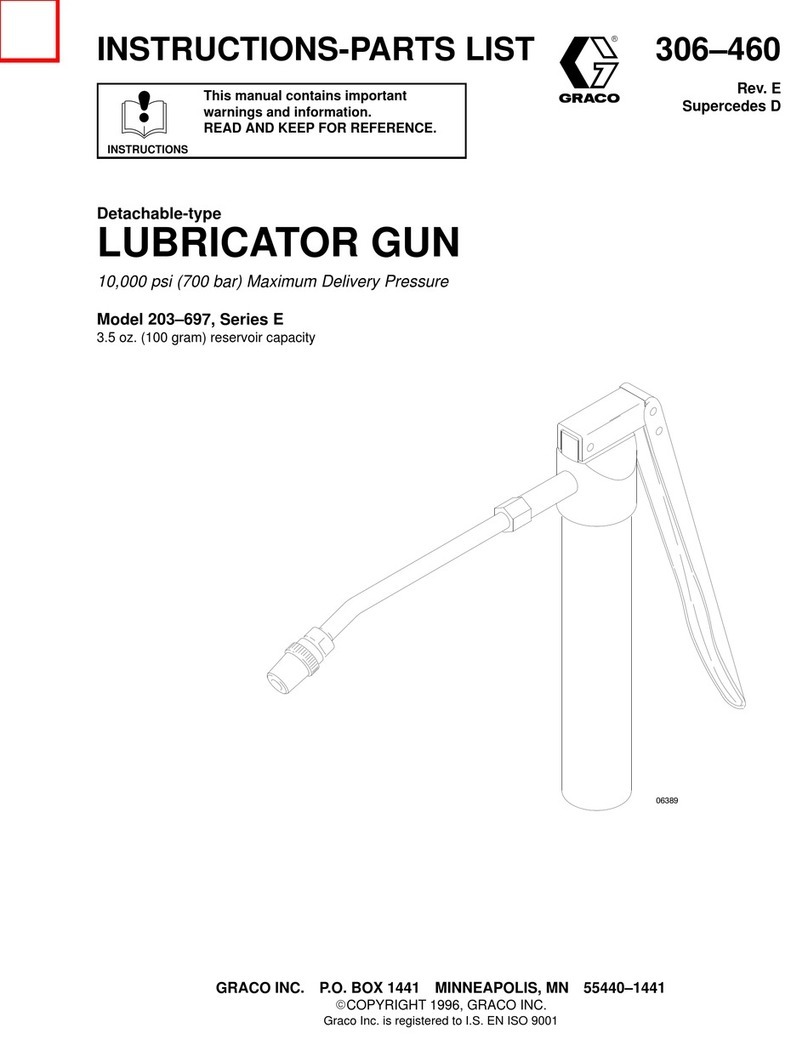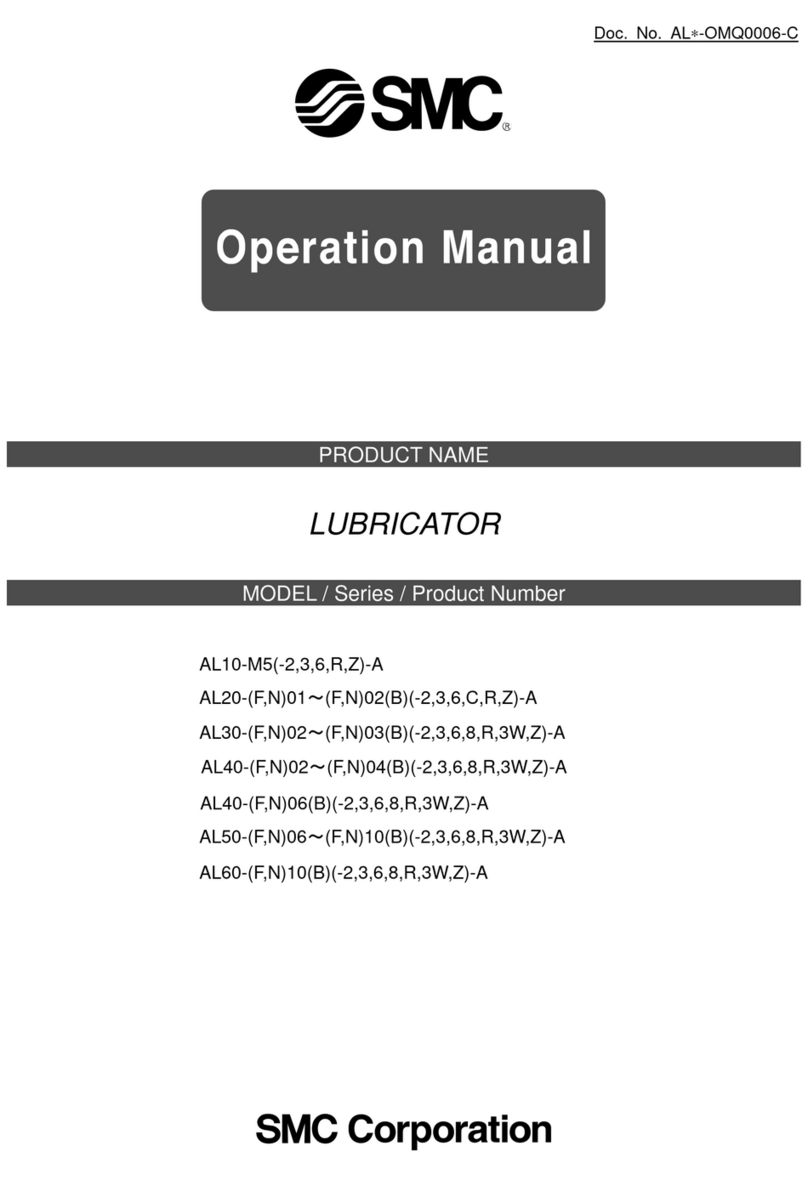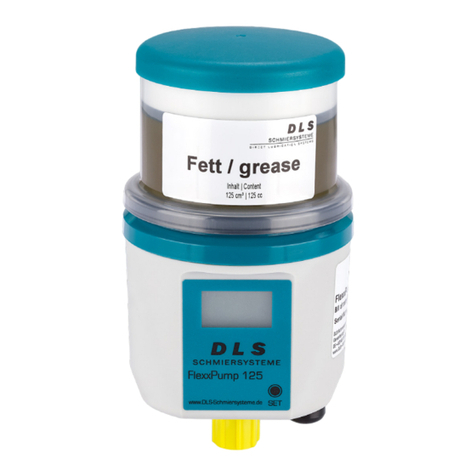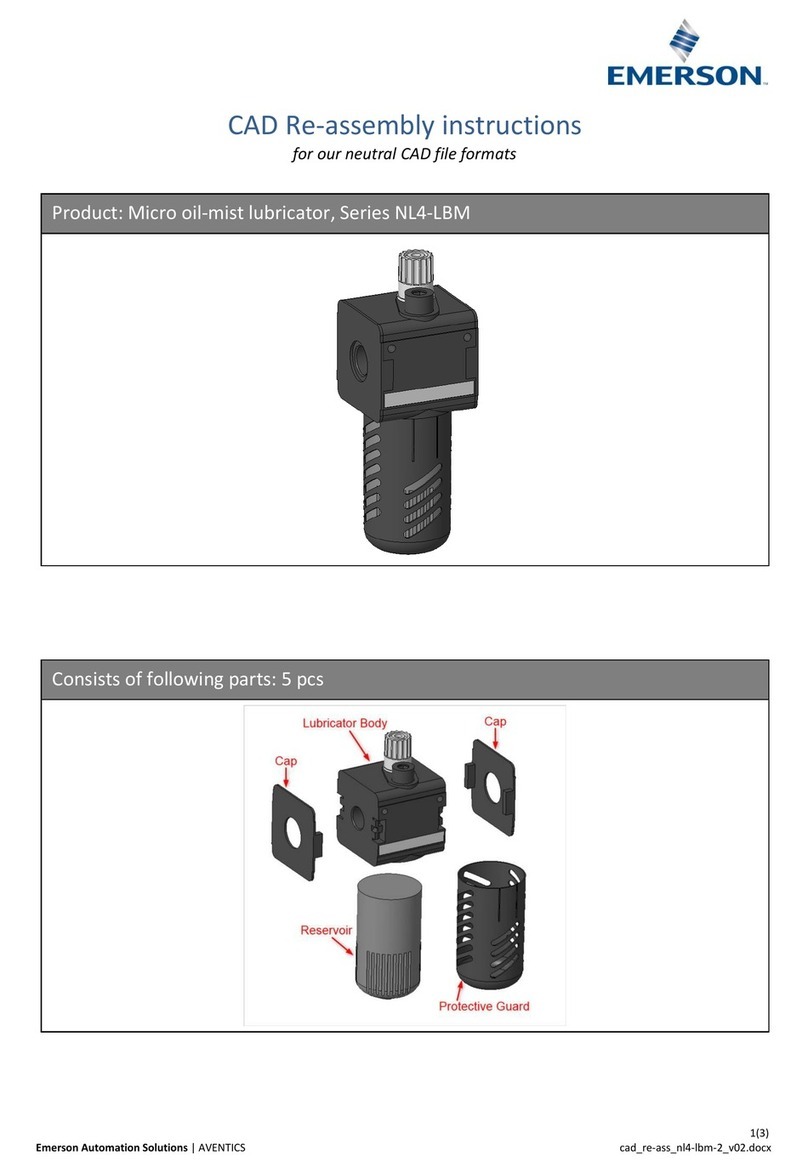
!These instructions must be read and understood by all
persons who are involved with the installation, operation,
maintenance, and repair of the product. These instructions must
be kept close to the equipment for future reference.
Note that these installation instructions is an integral part of
the product. It must be handed over to the new operator of the
product if the product is sold.
!In addition to the information provided in the installation
instructions, all generally applicable regulations on acci-
dent prevention and the environment must be observed.
!All products from SKF may be used only for their intended
purpose as described in this brochure and in any
instructions.
DANGER!
Working on products that have not been disconnected
from the power supply can cause serious injury or death to per-
sons. Installation, maintenance, and repair work may only be
carried out by qualified experts on products that have been dis-
connected from the power supply. The supply voltage must be
turned off before any product components are opened. .
DANGER!
Centralized lubrication systems are under pressure when
they are being operated. Such systems must therefore be de-
pressurized before starting installation, maintenance, or repair
work and before making any changes to the system.
1 Safety instructions
The described product was manufactured in accordance with all
generally acknowledged regulations pertaining to technology, occu-
pational safety, and accident prevention. However, dangers that can
cause physical injury to persons or damage to other material assets
might still occur during the use of the product.
1.1 Intended use
The described product is for supplying centralized lubrication sys-
tems with lubricant and is intended for use in centralized lubrication
systems. Other use or use beyond this purpose is considered
unintended.
Products of SKF must not be used in conjunction with substances
and mixtures classified as hazardous by the Annex I part 2-5 of the
CLP regulation (EC 1272/2008), and identified with hazard picto-
grams GHS01-GHS06 and GHS08.
None of the products manufactured by SKF can be used in con-
junction with gases, liquefied gases, pressurized gases in solution
and fluids with a vapor pressure exceeding normal atmospheric
pressure (1013 mbar) by more than 0.5 bar at their maximum per-
missible temperature.
Unless otherwise noted, products of SKF must not be used in
conjunction with explosive atmospheres according to the ATEX-Di-
rective 2014/34/EU.
1.2 Authorized personnel
The products described in the installation instructions may only be
installed, operated, maintained, and repaired by qualified experts.
Qualified experts are persons who have been trained, instructed,
and familiarized with the end product into which the described prod-
uct is installed.
These persons are considered capable of such tasks due to their
education, training, and experience with valid standards, conditions,
accident prevention regulations in effect, and installation conditions.
They should be able to carry out the required tasks and to recognize
– and thus avoid – any dangers that might otherwise occur.
A definition of what constitutes a qualified person and who are
unqualified persons are stipulated in DIN VDE 0105 and IEC 364.
1.3 Danger relating to electric current
The electrical connection for the described product may only be es-
tablished by qualified, instructed persons who have been authorized
by the operator or owner to carry out this task. If the product is im-
properly connected, substantial material or personal damage my be
the consequence.
1.4 Danger relating to system pressure
3
